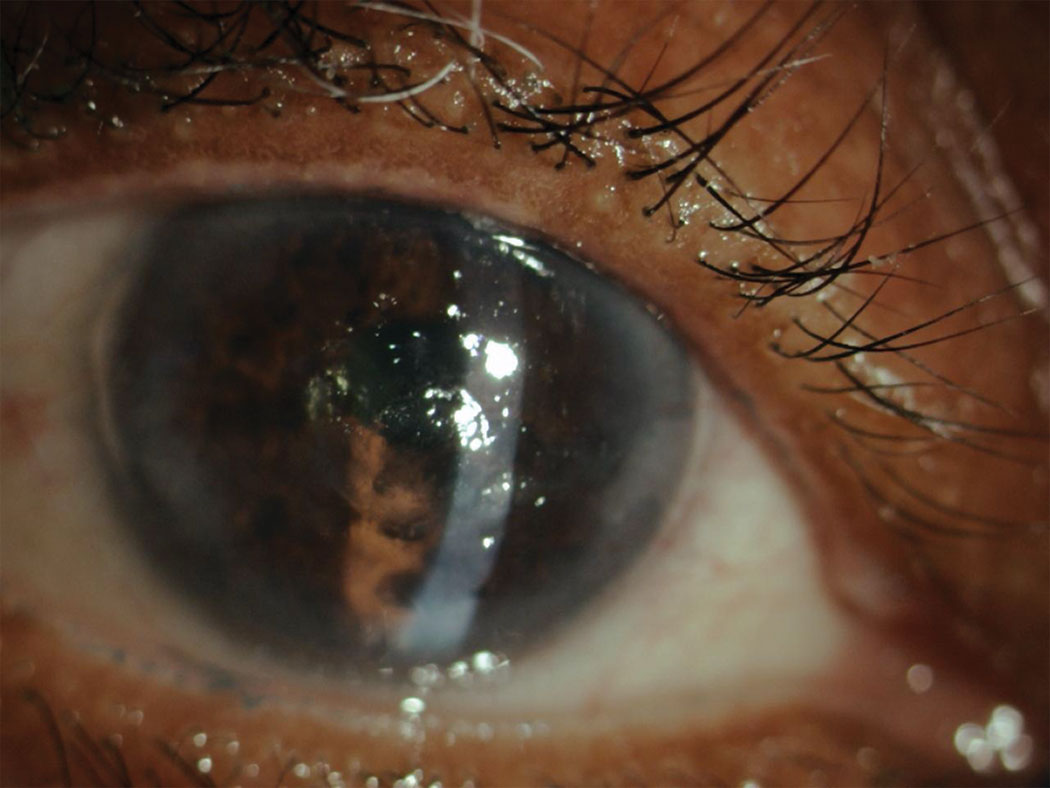
Nurturing the Cornea: Insights into Neurotrophic Keratopathy
Abstract: Neurotrophic keratopathy (NK) is a rare but debilitating corneal disorder characterized by impaired corneal sensation and compromised epithelial healing, often leading to progressive epithelial defects, ulceration, and vision loss. This article provides a comprehensive overview of the etiology, clinical features, diagnostic approaches, and management strategies for NK, emphasizing the importance of early detection and tailored therapeutic interventions.
Introduction: Neurotrophic keratopathy arises from damage to the trigeminal nerve or its branches, disrupting corneal innervation and trophic support. Various systemic and ocular conditions, including herpes zoster ophthalmicus, diabetes mellitus, and ocular surgeries, can predispose individuals to NK. Understanding the underlying neurogenic mechanisms is crucial for optimizing treatment outcomes and preserving corneal integrity.
Etiology and Pathophysiology: NK encompasses a spectrum of neurotrophic abnormalities, ranging from mild corneal hypoesthesia to complete anesthesia. Impaired sensory feedback disrupts the neurotrophic cascade, leading to decreased epithelial cell turnover, reduced tear film stability, and diminished wound healing capacity. Chronic neurotrophic deficits predispose the cornea to mechanical trauma, infectious keratitis, and persistent epithelial defects.
Clinical Manifestations: Clinical manifestations of NK vary depending on the severity and duration of neurotrophic insult. Early signs may include punctate epithelial erosions, decreased corneal sensitivity, and decreased tear production. As the condition progresses, patients may develop persistent epithelial defects, corneal ulceration, and stromal thinning, potentially culminating in corneal perforation and visual impairment.
Diagnostic Evaluation: Diagnosing NK entails a comprehensive ophthalmic evaluation, including assessment of corneal sensation, tear film assessment, and anterior segment examination. Additional diagnostic modalities such as corneal sensitivity testing, confocal microscopy, and corneal esthesiometry can provide valuable insights into the extent of neurotrophic dysfunction and guide therapeutic decision-making.
Management Strategies: Management of NK focuses on protecting the cornea, promoting epithelial healing, and restoring neurotrophic support. Therapeutic interventions may include lubrication with preservative-free artificial tears, tarsorrhaphy or amniotic membrane transplantation for persistent epithelial defects, and neurotrophic agents such as recombinant human nerve growth factor (rhNGF) to enhance corneal innervation and healing.
Emerging Therapies and Future Directions: Emerging therapies for NK hold promise in harnessing the regenerative potential of stem cells, growth factors, and neuroprotective agents. Ongoing research endeavors aim to develop novel treatment modalities targeting neurotrophic pathways, tissue engineering approaches for corneal regeneration, and personalized medicine strategies tailored to individual patient profiles.
Conclusion: In conclusion, neurotrophic keratopathy represents a challenging clinical entity requiring a multidisciplinary approach for optimal management. By elucidating the underlying neurotrophic mechanisms, advancing diagnostic capabilities, and exploring innovative therapeutic avenues, we can endeavor to preserve corneal integrity, restore visual function, and improve the quality of life for patients affected by NK.


